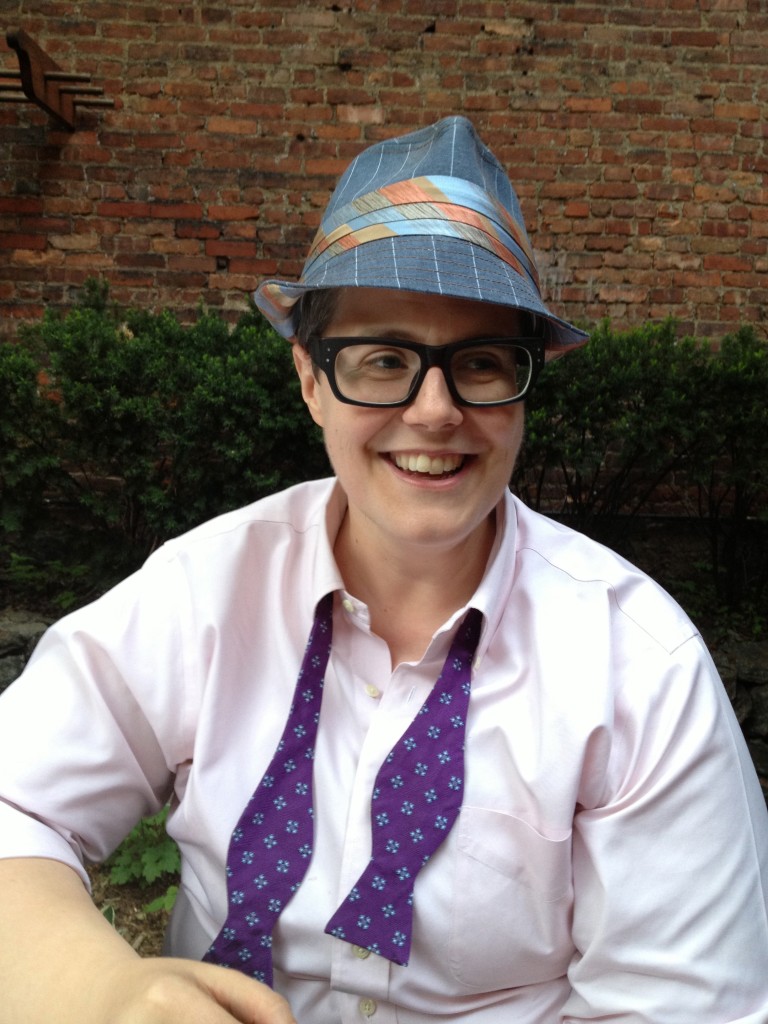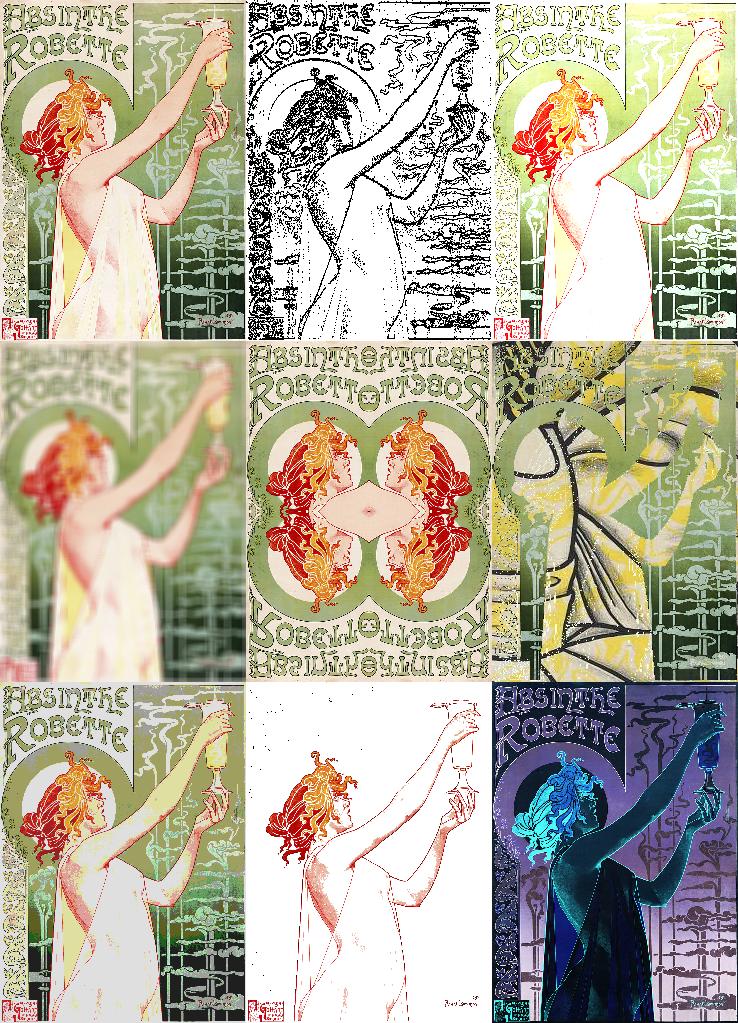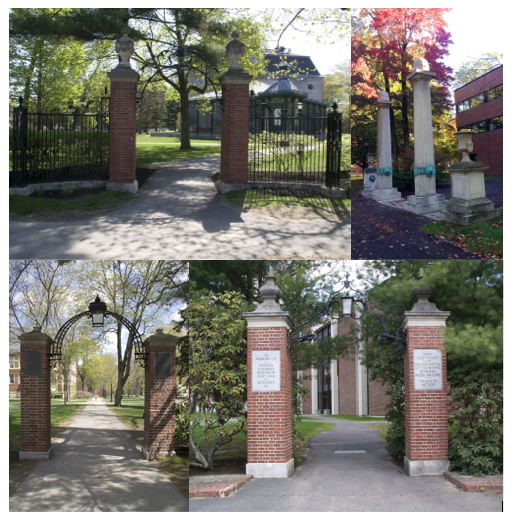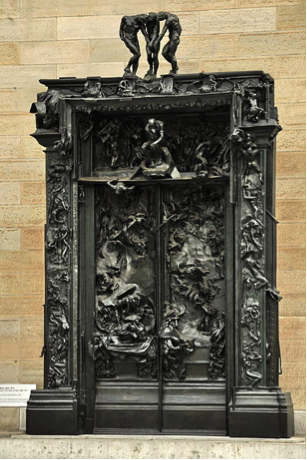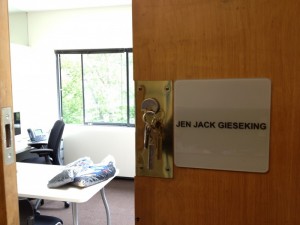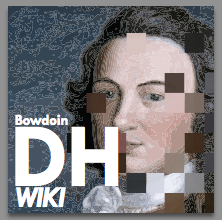
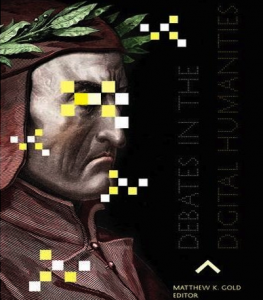
James Miller ’14, designer of the Bowdoin Digital and Computational Studies logo (above right), recently sat down with Professors Crystal Hall and Jack Gieseking to discuss the process in producing this piece:
In reflection, after making the image, I had embedded a lot more meaning than I had intended… Using the vector filter in Illustrator produced a contour like map that reminded me of some of the GIS work that I had examined and learned about over the summer. The large pixels I read as a bit of skepticism that I was feeling at the time motivated by readings. Are these computational methods causing a ‘resolution loss’ of the interpretive and nuanced views valued in the humanities? Ultimately, I am glad to contribute my logo to DCSI because I believe that these debates are a part of the initiative rather than criticisms of it. I would like to think of the logo in terms of visualizing the careful orchestration of disciplines necessary to creating a field that is sensitive to both the digital and the humanities in intelligent ways. Or, if that seems a little wishful, the Feke portrait is really nice to look at and it gives me an excuse to play with paintings in the Bowdoin collection.”
The members of the Bowdoin Digital and Computational Studies Initiative are grateful to James for allowing his image to be used and modified to make the current logo.
James Miller, Class of 2014, received a Gibbons Summer Research Grant to assist Professors Chown and Fletcher, and another Gibbons award recipient, Evan Hoyt, with the preparations for the Gateway to the Digital Humanities Course being offered in Fall 2013. James designed the logo for the course wiki, which became the model for the current logo for the Digital and Computational Studies Initiative (DCSI). James admits that he was inspired, at least in part, by the cover of Debates in the Digital Humanities essay collection edited by Matt Gold.
